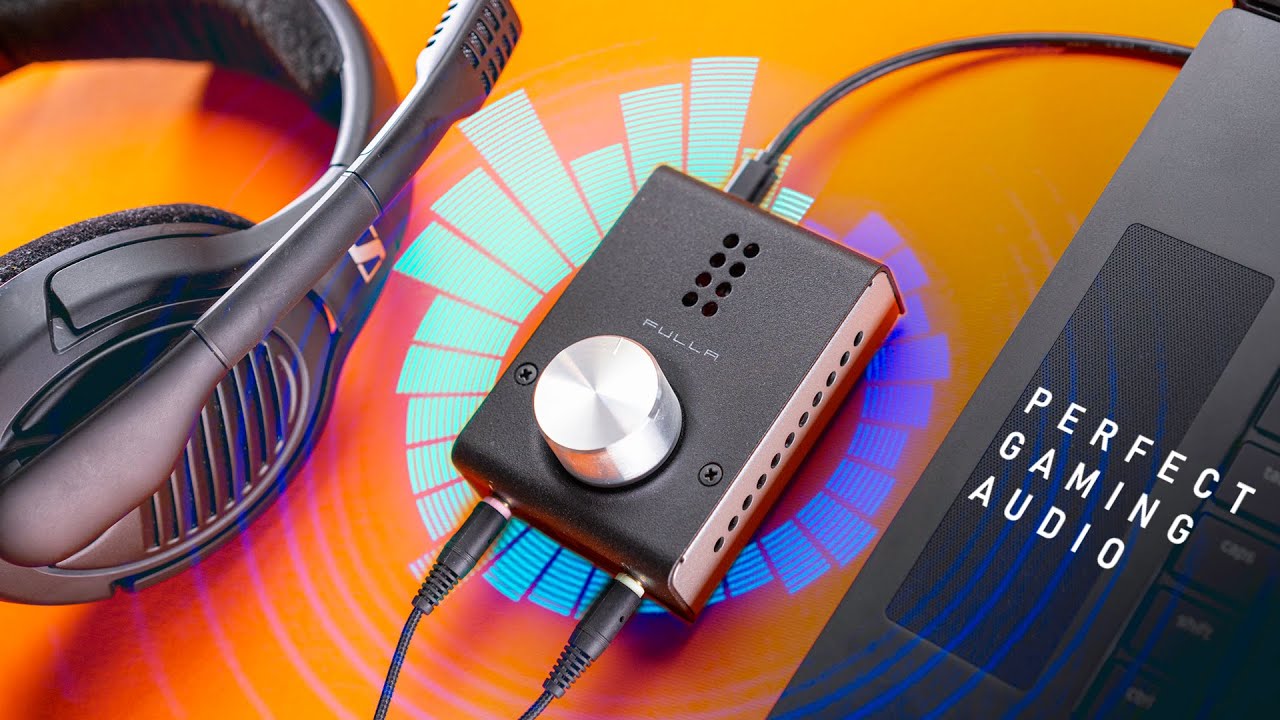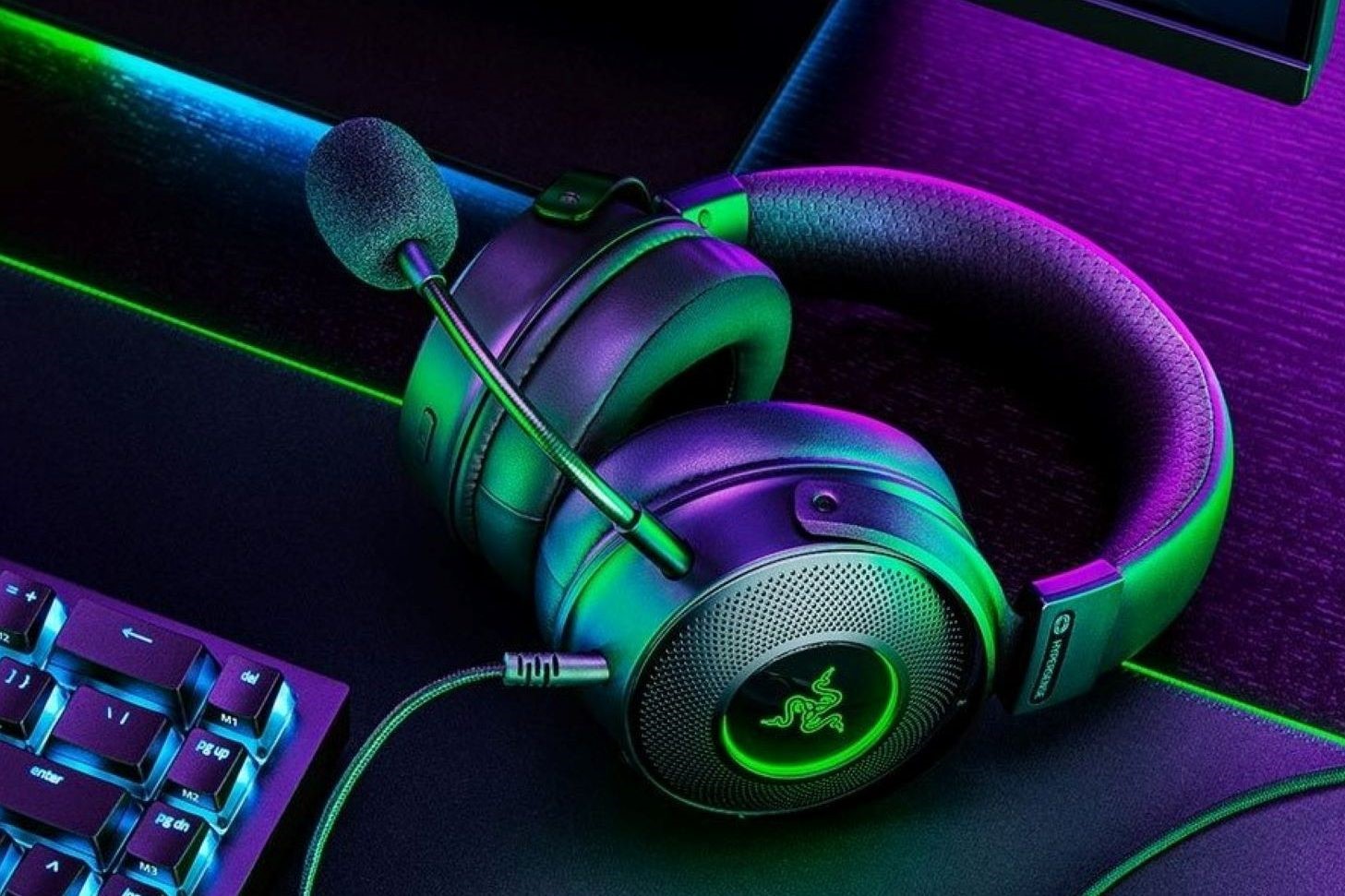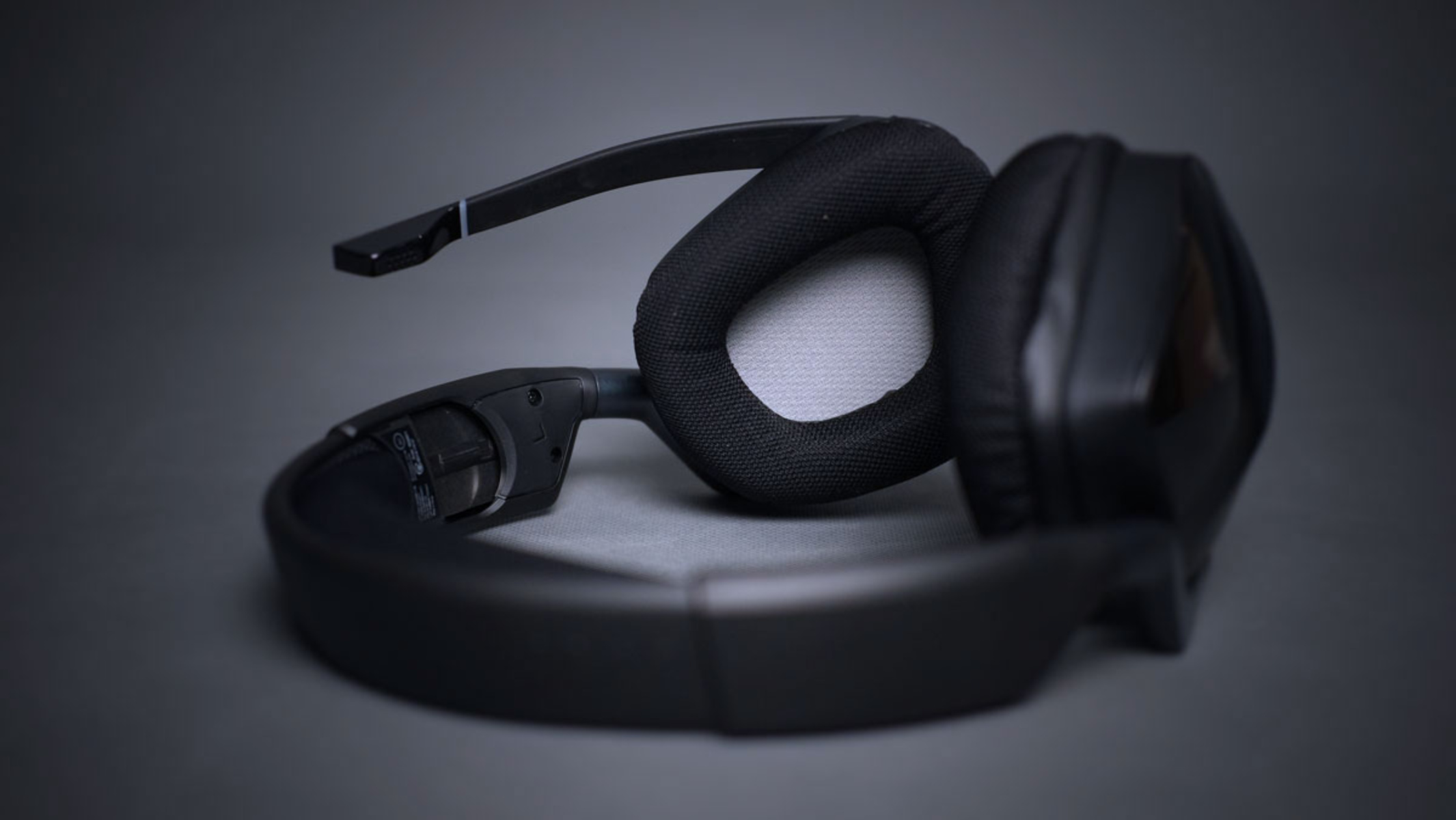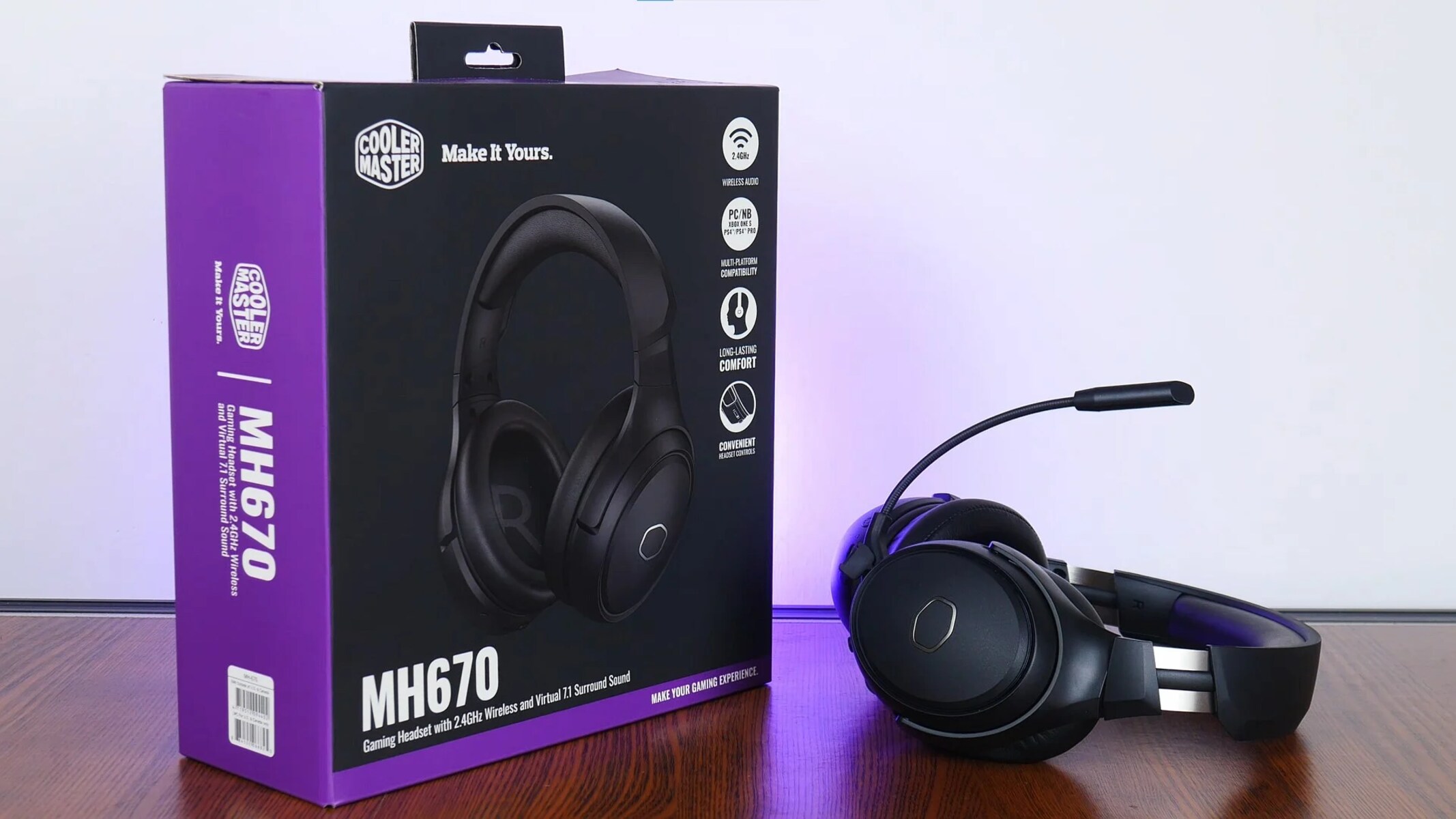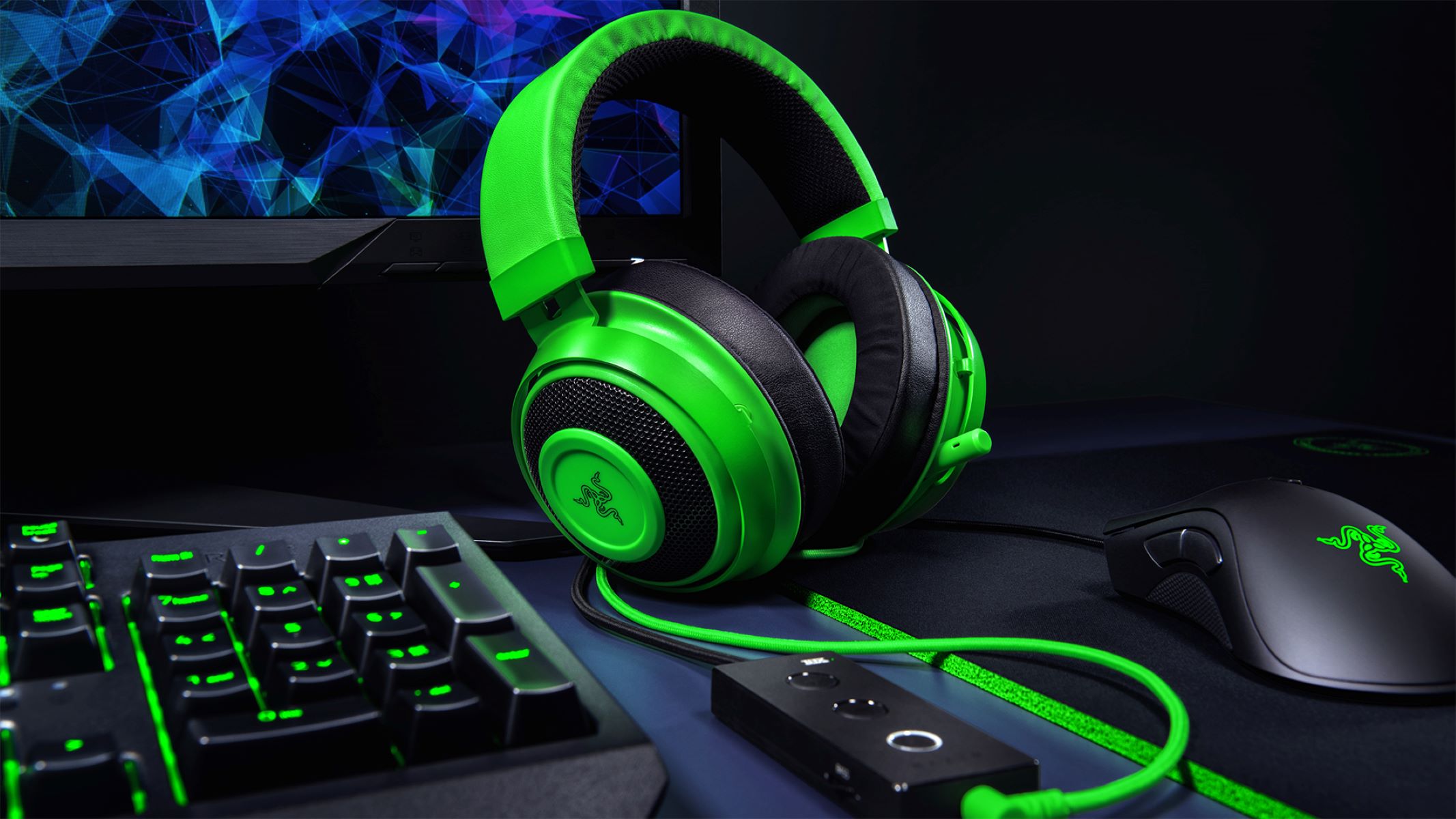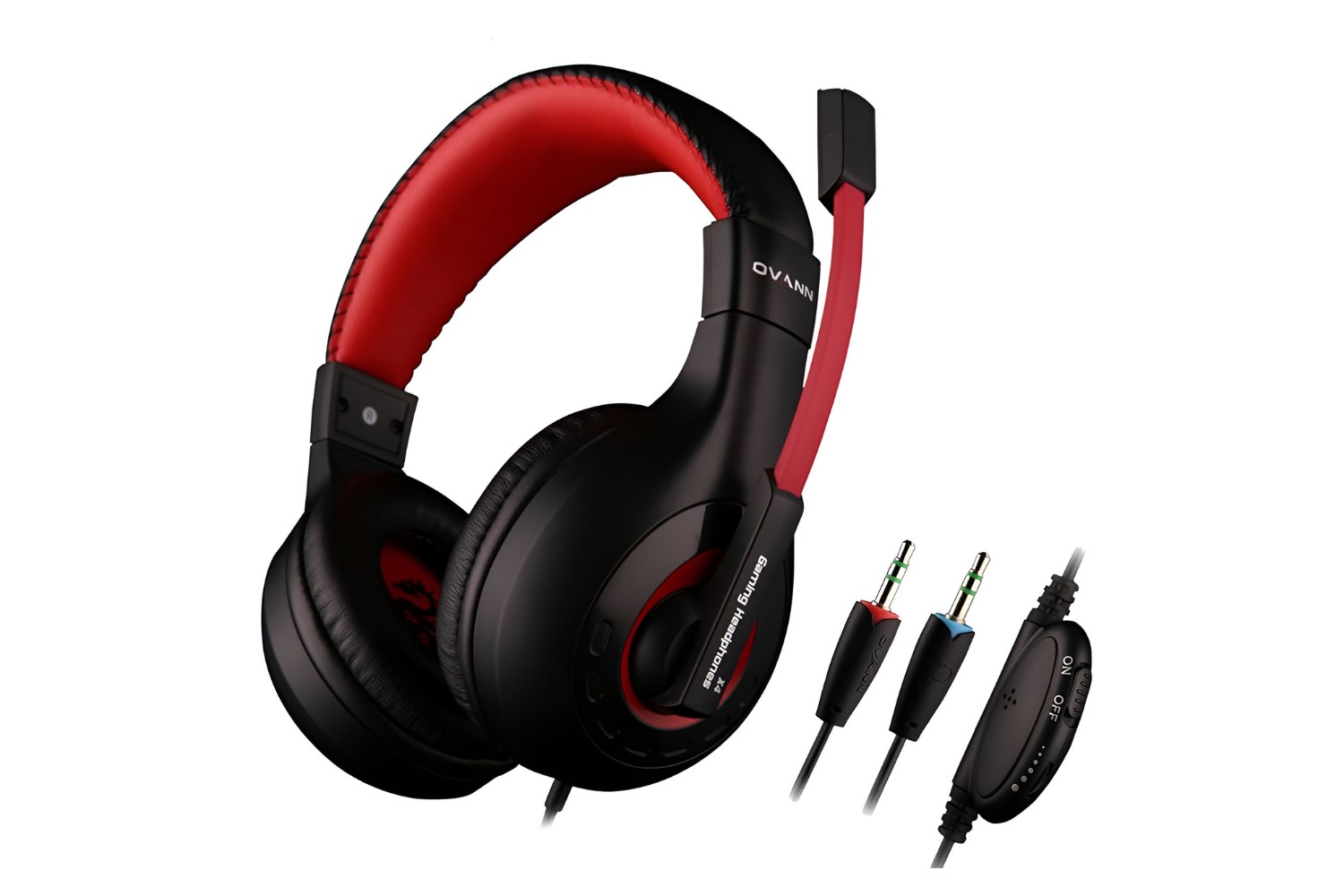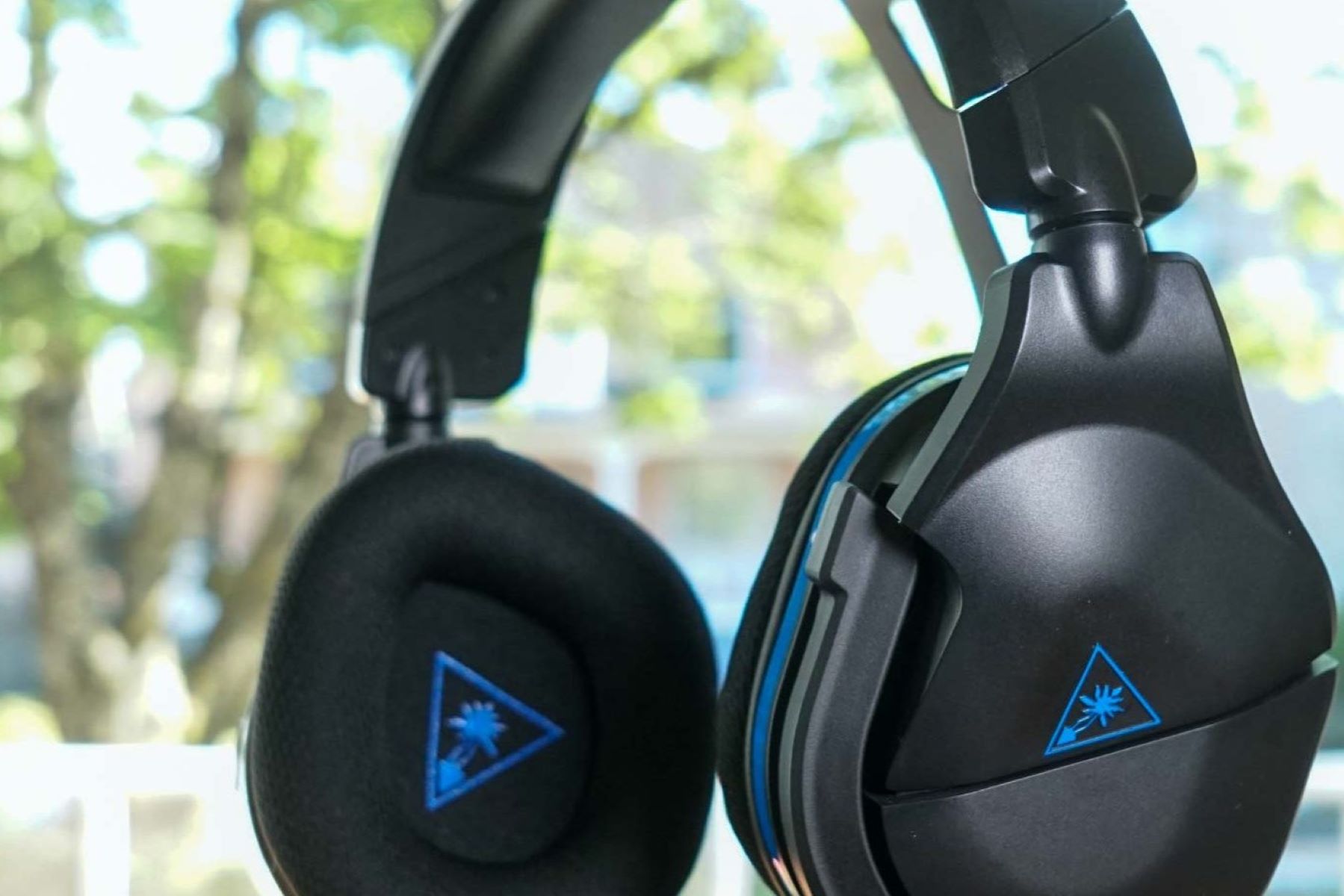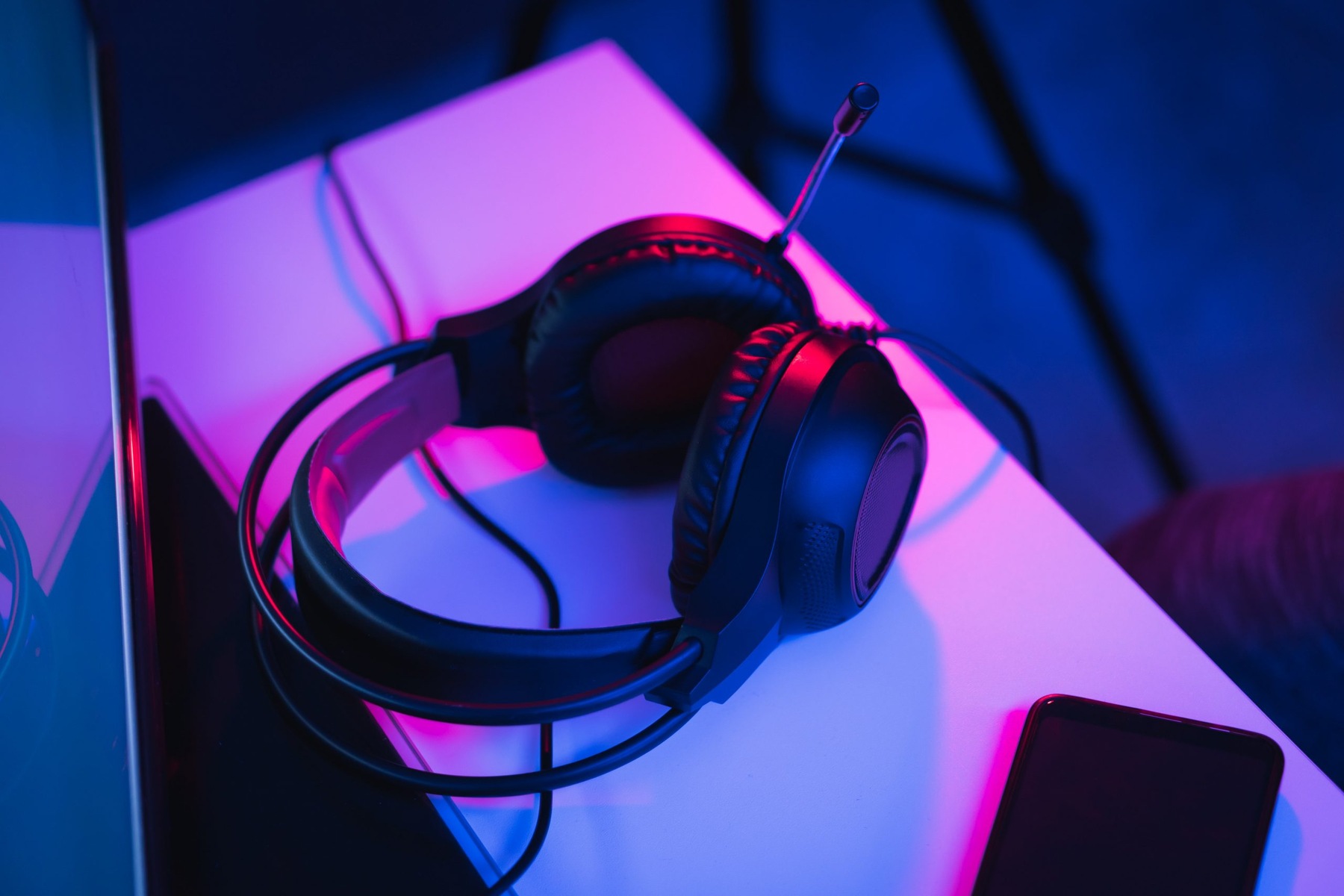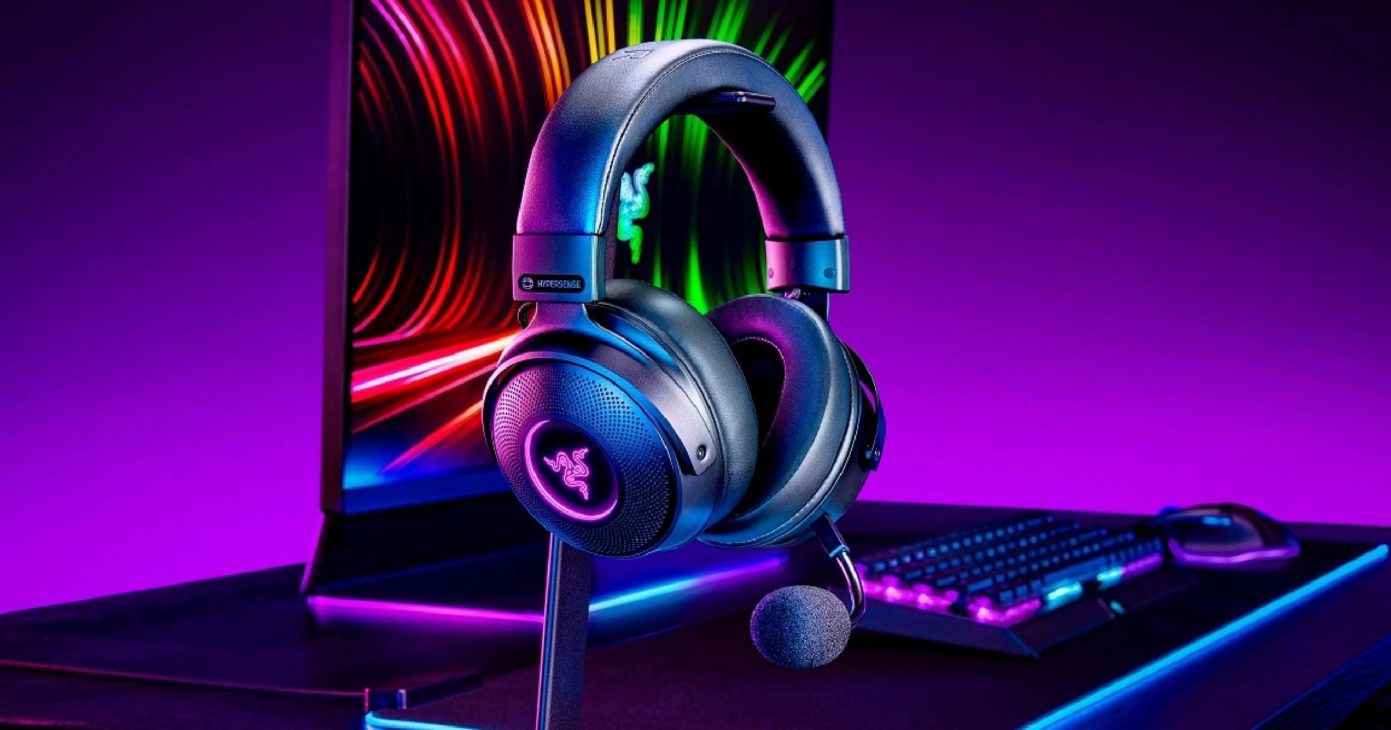Introduction
When it comes to PC gaming, audio plays a pivotal role in the overall gaming experience. The sound of footsteps approaching from behind, the distant rumble of an explosion, or the immersive soundtrack that accompanies epic battles—all of these elements contribute to the rich tapestry of gaming. To truly immerse oneself in the virtual world, a high-quality gaming headset is an indispensable tool.
In the realm of PC gaming, a headset is not merely an accessory; it is the conduit through which players communicate with teammates, receive vital audio cues, and become enveloped in the auditory landscape of their favorite games. Whether engaged in intense multiplayer battles or exploring vast open worlds, the right headset can make all the difference.
In this comprehensive guide, we will delve into the intricacies of setting up and optimizing your headset for PC gaming. From selecting the ideal headset for your gaming needs to configuring audio settings in Windows and optimizing in-game audio parameters, we will equip you with the knowledge and tools to elevate your gaming audio experience to new heights.
So, whether you are a seasoned PC gamer seeking to enhance your audio setup or a newcomer eager to embark on your gaming journey with the best possible audio immersion, this guide is tailored to meet your needs. Let's embark on this audio adventure and unlock the full potential of your gaming headset for an unparalleled gaming experience.
Choosing the Right Headset for PC Gaming
Selecting the ideal headset for PC gaming is a crucial decision that can significantly impact your overall gaming experience. With a myriad of options available, it's essential to consider several key factors to ensure that the chosen headset aligns with your gaming preferences and requirements. Here are some essential considerations to keep in mind when choosing the right headset for PC gaming:
1. Audio Quality:
The audio quality of a gaming headset is paramount. Look for headsets that offer immersive soundscapes, clear and distinct audio cues, and a wide frequency range. High-quality audio reproduction can enhance your gaming experience by providing a more realistic and engaging auditory environment.
2. Comfort and Ergonomics:
Long gaming sessions demand a headset that prioritizes comfort. Look for features such as plush ear cushions, adjustable headbands, and lightweight designs to ensure that the headset remains comfortable even during extended gameplay sessions.
3. Microphone Quality:
For multiplayer gaming and communication, a high-quality microphone is essential. Seek headsets with noise-canceling microphones that deliver clear voice transmission while minimizing background noise, ensuring seamless communication with teammates.
4. Compatibility and Connectivity:
Ensure that the headset is compatible with your PC and offers versatile connectivity options. Whether it's USB, 3.5mm audio jacks, or wireless connectivity, choose a headset that seamlessly integrates with your gaming setup.
5. Surround Sound and Spatial Awareness:
Immersive gaming experiences often benefit from surround sound capabilities. Look for headsets that offer virtual or true surround sound to accurately pinpoint the direction of in-game audio cues, providing a competitive edge in multiplayer games and enhancing the overall gaming atmosphere.
6. Build Quality and Durability:
A durable and well-constructed headset can withstand the rigors of intense gaming sessions. Look for headsets with robust build quality and reliable materials to ensure longevity and durability.
By carefully considering these factors, you can narrow down the vast array of gaming headsets available and select the one that best complements your gaming style and preferences. Whether you prioritize audio fidelity, comfort, communication clarity, or immersive spatial awareness, choosing the right headset for PC gaming is a critical step toward optimizing your gaming audio setup.
Setting Up Your Headset for PC Gaming
Setting up your headset for PC gaming is a pivotal step in ensuring an immersive and seamless gaming experience. Whether you've just unboxed a brand-new gaming headset or are looking to optimize your existing setup, the following steps will guide you through the process of configuring your headset for optimal performance.
1. Physical Connection
Begin by connecting your headset to your PC using the appropriate interface. If your headset utilizes a 3.5mm audio jack, simply plug it into the corresponding audio and microphone ports on your PC. For USB-powered headsets, insert the USB connector into an available USB port. If you're using a wireless headset, follow the manufacturer's instructions to pair it with your PC.
2. Driver Installation
In some cases, your PC may require specific drivers to fully utilize the features of your gaming headset. Check the manufacturer's website for the latest drivers and software updates. Install any necessary drivers to ensure that your headset functions optimally and takes advantage of advanced audio features.
3. Adjusting Headset Settings
Navigate to your PC's sound settings and ensure that your headset is selected as the default audio output and input device. This step ensures that all audio from your PC is routed to your headset, and that the microphone on your headset is recognized for communication in games and voice chat applications.
4. Testing and Calibration
Once your headset is connected and configured, test the audio and microphone functionality to ensure that everything is working as expected. Play a variety of audio content to gauge the sound quality and spatial accuracy of your headset. Additionally, use voice recording software to test the clarity and sensitivity of the microphone.
5. Comfort and Fit
While not directly related to the technical setup, ensuring that your headset is comfortable and properly adjusted is essential for extended gaming sessions. Adjust the headband and ear cups to achieve a snug yet comfortable fit, minimizing fatigue during prolonged gameplay.
6. Customization (Optional)
Many gaming headsets come with companion software that allows for advanced customization of audio settings, equalization, and microphone parameters. Explore the manufacturer's software to fine-tune your headset's audio profile according to your preferences and the specific requirements of the games you play.
By following these steps, you can effectively set up your gaming headset for PC gaming, ensuring that you are ready to immerse yourself in the captivating audio landscapes of your favorite games. A well-configured headset not only enhances your gaming experience but also provides a competitive edge in multiplayer environments, allowing you to hear every crucial audio cue with precision and clarity.
Configuring Audio Settings in Windows
Configuring audio settings in Windows is a crucial step in optimizing your gaming headset for an immersive and seamless gaming experience. Windows provides a range of audio settings that allow you to fine-tune the output, input, and spatial audio parameters to suit your preferences and gaming requirements.
1. Selecting Default Playback and Recording Devices
Navigate to the Sound settings in Windows and ensure that your gaming headset is selected as the default playback and recording device. This ensures that all audio output from your PC is directed to your headset, while the microphone on your headset is recognized as the primary input device for communication and voice chat applications.
2. Spatial Sound and Virtual Surround Settings
Windows offers spatial sound settings that can enhance the spatial awareness and immersive qualities of your gaming audio. Depending on your headset's capabilities, you can experiment with spatial sound formats such as Windows Sonic for Headphones or Dolby Atmos for Headphones. These formats simulate surround sound and spatial audio cues, providing a more immersive gaming experience by accurately positioning in-game audio sources around you.
3. Equalizer and Audio Enhancements
Windows features an integrated equalizer and audio enhancements that allow you to customize the audio output to match your preferences. Experiment with the equalizer settings to adjust the frequency response of your headset, emphasizing certain audio ranges to enhance the clarity of in-game cues, dialogue, or music. Additionally, explore audio enhancements such as bass boost, virtual surround, and room correction to fine-tune the audio output according to your gaming preferences.
4. Communication and App Volume Settings
In the Sound settings, Windows provides specific options to manage communication and application volumes. Ensure that the communication settings prioritize your headset's microphone for voice chat applications, allowing clear and uninterrupted communication with teammates during multiplayer gaming sessions. Additionally, adjust the volume levels for individual applications to maintain a balanced audio experience tailored to your gaming needs.
5. Testing and Calibration
After configuring the audio settings, it's essential to test and calibrate your headset within the Windows environment. Play various audio content to assess the impact of the configured settings on the overall sound quality and spatial accuracy. Additionally, use voice recording software to test the microphone clarity and sensitivity, ensuring that your headset delivers optimal performance in both audio output and input.
By meticulously configuring the audio settings in Windows, you can harness the full potential of your gaming headset, immersing yourself in the rich audio landscapes of your favorite games. These settings not only enhance the audio quality but also provide a competitive advantage in multiplayer environments, allowing you to pinpoint crucial audio cues with precision and clarity, thereby enriching your overall gaming experience.
Optimizing Audio Settings in Games
Optimizing audio settings within games is a critical step in maximizing the potential of your gaming headset and immersing yourself in the rich auditory landscapes of your favorite titles. While Windows settings provide a foundation for audio configuration, in-game settings offer a more granular level of control over audio parameters tailored to specific gaming experiences.
1. Spatial Audio and Surround Sound
Many modern games feature spatial audio and surround sound options that can significantly enhance the immersive qualities of the in-game audio. Explore the game settings to enable options such as virtual surround sound or spatial audio processing. These features simulate three-dimensional audio environments, allowing you to accurately perceive the direction of in-game sound sources, providing a competitive advantage in multiplayer scenarios and enhancing the overall depth of the gaming experience.
2. Sound Effects and Environmental Audio
Games often provide settings to adjust the volume levels and intensity of sound effects and environmental audio. Experiment with these settings to strike a balance between the impact of in-game effects, such as explosions and gunfire, and the ambient sounds that contribute to the overall atmosphere of the game world. Fine-tuning these parameters can heighten the sense of immersion and amplify the emotional impact of the in-game audio landscape.
3. Dialogue and Voice Chat
For games featuring intricate narratives and multiplayer components, optimizing dialogue and voice chat settings is crucial. Adjust the volume and clarity of in-game dialogue to ensure that character conversations and story elements are clearly audible. Additionally, configure voice chat settings to prioritize communication through your headset, ensuring that voice chat is seamlessly integrated with your gaming audio, fostering effective teamwork and coordination in multiplayer environments.
4. Music and Dynamic Soundtracks
Many games boast dynamic soundtracks that adapt to in-game events and player actions. Explore the audio settings to adjust the balance between in-game music and dynamic soundtracks, ensuring that the musical elements complement the gameplay without overpowering crucial audio cues. Fine-tuning these settings can enrich the emotional impact of in-game moments and contribute to a more immersive and captivating gaming experience.
5. Audio Device Selection
In some cases, games offer specific options to select audio devices and customize audio profiles. Verify that your gaming headset is selected as the primary audio output and input device within the game settings, ensuring that the game audio and communication channels are seamlessly integrated with your headset for optimal performance and clarity.
By meticulously optimizing the audio settings within games, you can tailor the auditory experience to suit your preferences, enhancing the immersive qualities of the gaming environment and providing a competitive edge in multiplayer scenarios. These tailored audio settings, combined with the foundational configurations in Windows, culminate in a fully optimized gaming audio setup, allowing you to fully immerse yourself in the captivating worlds of your favorite games.
Conclusion
In the realm of PC gaming, the audio experience is a pivotal element that can elevate gameplay to new heights. As we conclude this comprehensive guide to configuring and optimizing your headset for PC gaming, it's essential to reflect on the impact of a well-tailored audio setup and its significance in the gaming landscape.
By meticulously selecting the right headset for your gaming preferences and requirements, you lay the foundation for an immersive and engaging audio experience. The considerations of audio quality, comfort, microphone clarity, and compatibility are pivotal in ensuring that your chosen headset seamlessly integrates with your gaming environment, allowing you to fully immerse yourself in the auditory landscapes of your favorite games.
The process of setting up and configuring your headset for PC gaming encompasses both technical and ergonomic considerations. From physical connections and driver installations to comfort adjustments and optional customizations, each step contributes to the seamless integration of your headset into your gaming ecosystem, ensuring optimal performance and comfort during extended gaming sessions.
Configuring audio settings in Windows and within games provides a granular level of control over the auditory experience, allowing you to fine-tune spatial audio, sound effects, dialogue, and music to suit your preferences and enhance the overall gaming atmosphere. These settings not only optimize the audio output but also provide a competitive advantage in multiplayer environments, allowing you to pinpoint crucial audio cues with precision and clarity.
As you embark on your gaming adventures, armed with a meticulously configured and optimized headset, you are poised to delve into captivating worlds, engage in intense multiplayer battles, and immerse yourself in the rich tapestry of gaming narratives. Every footstep, explosion, and musical crescendo becomes a vivid and integral part of your gaming experience, enriching every moment and fostering a deeper connection with the virtual worlds you inhabit.
In conclusion, the journey to configure and optimize your headset for PC gaming is a testament to the profound impact of audio on the gaming experience. By prioritizing audio quality, comfort, and customization, and leveraging the vast array of audio settings available, you have unlocked the full potential of your gaming headset, ensuring that every gaming session is an immersive and unforgettable audio adventure. Now, armed with a finely tuned headset and a deep understanding of audio optimization, you are ready to embark on a gaming journey that transcends mere entertainment, immersing yourself in the captivating audio landscapes of the gaming world.







